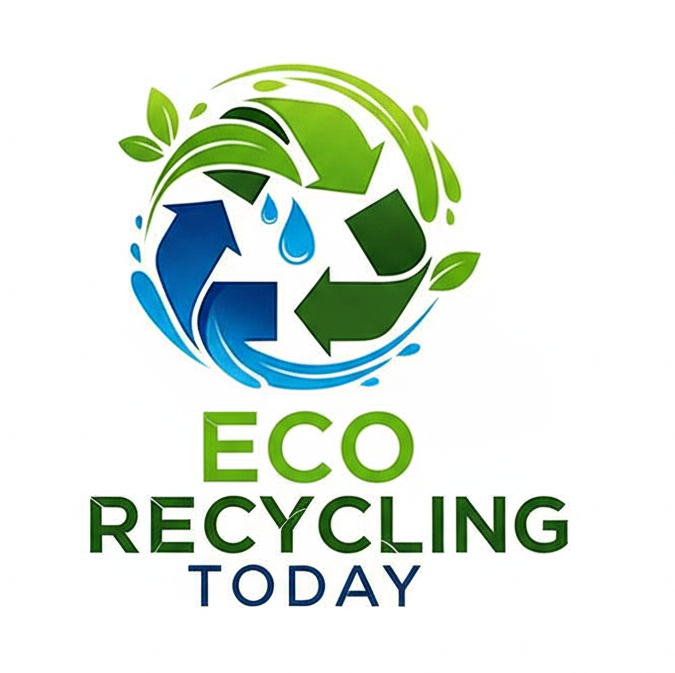Living in an area without a curbside recycling program doesn’t mean you have to toss everything in the trash. While it may take a little more effort, there are still many effective and eco-friendly ways to recycle. Whether you're trying to reduce landfill waste or live a more sustainable lifestyle, here’s how to recycle without a local curbside program.
1. Find Local Drop-Off Recycling Centers
The first step is locating nearby recycling drop-off locations. These centers often accept common materials like:
- Paper and cardboard
- Glass bottles and jars
- Plastics (usually #1 and #2)
- Aluminum and steel cans
- Electronics and batteries
How to Find Them:
- Use resources like Earth911 Recycling Search
- Check your city or county’s official website
-
Call your local waste management provider
2. Reuse and Repurpose Before You Recycle
Not everything needs to be thrown away or even recycled. Get creative:
- Use glass jars for storage
- Turn old t-shirts into cleaning rags
- Repurpose cardboard boxes for shipping or organization
The more you can reuse, the less you need to recycle or dispose of.
3. Participate in Store Take-Back Programs
Many retailers offer recycling for items that are hard to dispose of:
- Plastic bags and film: Available at most grocery stores
- Electronics: Best Buy, Staples, and other electronics retailers
- Batteries and light bulbs: Home Depot and Lowe’s often accept these
- Beauty product containers: Programs like TerraCycle partner with brands to recycle items like mascara tubes and lotion bottles
4. Join a Recycling Co-Op or Community Program
Some communities organize their own recycling systems through co-ops or neighborhood initiatives. These can include:
- Shared recycling bins in apartment complexes
- Volunteer-led sorting and transport efforts
- Local events or pop-up collection days
Ask around or check local Facebook groups, community centers, or sustainability organizations.
5. Compost Organic Waste
Composting is a powerful way to reduce food and yard waste. Even if your city doesn’t offer compost pickup, you can:
- Create a backyard compost bin
- Use a worm composting system (vermicomposting) indoors
- Join a community garden or composting collective
This reduces methane emissions in landfills and produces nutrient-rich soil for gardening.
6. Mail-In Recycling Programs
Several companies offer mail-in recycling for niche items, including:
- Terracycle: Accepts everything from snack wrappers to toothbrushes
- Ridwell: A subscription service for hard-to-recycle household items
- CLOTHING & SHOES: Brands like Patagonia, Nike, and The North Face accept old gear for recycling or repurposing
These are convenient options, especially for rural areas or items that can’t be dropped off locally.
7. Reduce What You Bring Home
Ultimately, the best recycling strategy is waste prevention. When you reduce your consumption, you lessen the need for recycling altogether. Try to:
- Buy in bulk to avoid excess packaging
- Choose reusable over disposable items
- Avoid single-use plastics
Recycling without a curbside program may seem inconvenient at first, but it’s completely doable with a little planning and intention. By finding drop-off locations, joining community programs, and reducing what you consume, you can live sustainably no matter where you are.cardboard baler
